|
Since the very first day David Megarry revealed the lost dungeon of Tonisborg it has become a treasure trove of information. (Images: Ross Maker, David Megarry, David Wesely, examining Tonisborg dungeon.) Tonisborg dungeon has led us to think a lot about how difficult OD&D was designed to be. In addition to the rules themselves, the early referee's were much more willing to let players do stupid things which would lead to their untimely deaths. We've been a having fun calling Dave Arneson and Greg Svenson --KILLER DM's. Of course, we should clarify that what we mean by this is that they aren't necessarily out to kill players; the attitude between 1971 and 1974, is that players should have to work to succeed. And that not every encounter is meant to be won. If you ignore all the role played situations in a dungeon game, and only focus on the mechanics, certain parameters become common to all dungeons: 1. how you design your dungeon tunnels and rooms. 2. what kinds of creatures and traps you put in these rooms and tunnels. Think of where it is, and what it is, in your own dungeon, because this will show you how things were different later in this discussion. If you've managed to keep records, it would interesting to see what kind of mortality rate you have in your own games. Ok, lets get back to KILLER DM's, a lot of people are over reacting to the term. We'll explain a bit more what we mean by this. From what we can see, Dave Arneson made his game harder on his players in order to make the rewards of surviving his dungeon that much more of a victory. So lets look at some quantifiable evidence that shows this to be true of the original players. For this we do have solid evidence: Dungeons, and Character Sheets. First off, we have David Megarry's collection of character attributes. The sheet contains the info on 20 characters. David says that some of these characters may only have lasted one session. The first 12 are likely from the first few years of Blackmoor. We think that the 13th has a notation that she died in Tonisborg. This is likely Megarry's Scholaress charatcer and is from both Arneson and Svenson games and just happened to get killed in Tonisborg, since Blackmoor became a shared world. Ok, so over the first 2 years or so, Megarry suffers the loss of 13 deaths. Lets just assume Arneson had roughly 15 -20 players in his game during the first few years. Can we assume then, that his players were running about 10 characters during this time? We're looking at an estimate of around 150 - 200 (+/-) characters over 2 years. Certainly, there are those iconic characters who just lived through everything, yet if everyone is averaging 10 characters per year, we're getting a high rate of deaths by comparison with contemporary games. This number is really high at around 80%; if we assume that some live past this 2 year stretch. In your own games are you getting this number of character deaths, or roughly 6.5 per player per year? Lots of things will likely factor into this high rate of deaths. Arneson's players had never played fantasy, or dungeon, RPG's before this, so their expectation of the game would be different from how players think today. Arneson didn't have the expanded character levels in his game that appear later. It's also likely that players who were used to winning and losing in war games all the time, were not as likely to get attached to characters back then. A miniatures war gamer has a keen understanding that in order to gain ground in a battle, you have to give up blood; the trick is to make the enemy take higher losses than you. Of course in an RPG, if you lose, it's game over. You can break down how the characters died on the Megarry sheet as well. Sure, most of them get killed by monsters, but there is even one guy who got lost and starved to death! We need to check back with David as to what period this sheet covers. If it is from 1971 until 1975, then we're seeing a stronger case for a 80% mortality rate annually. How does your own game compare? People might say that their players wouldn't play if they died a lot, well maybe today's players are like that. Despite all the mayhem that is being meted out to the players, the original group just kept going back for more -- People were having fun dying! Some of the responses we've seen to our articles is that in order to have a story, you have to have less characters dying. Arneson invented the RPG extended story concept. He had a lot of story in his world. The Egg of Coot was a constant threat. He was also creating a variety of adventures for the players to go on, it wasn't just going to the dungeon to see what you'd find. Arneson's first dungeon adventures are about being hired to go on a mission into the dungeon to find something. All of that is story, yet Arneson was willing to lose some characters along the way. There is tons of evidence that he was willing to TPK a party if they really screwed up too. As a Referee, are you willing to make your game a Monty Haul, just because you want to see your story play out, or do you need to be more clever, so that if characters die the story keeps moving forward? i.e. The party gets TPK'ed and the ancient scroll with the riddle and map on it is lost. Or is it? Perhaps the second party to go on an adventure will find this very same scroll and be able to fulfill the quest! Or, now it is in the hands of the Evil Wizard in the dungeon, and is willing to trade it for something of great value. A true "Sandbox" game is full of stories and even a scroll can have its own story arc for how it got from one place to another. What about Tonisborg? What has made this dungeon so compelling for us? Dan Boggs has written quite a but about it. The main thing he discovered after doing a bit of number crunching, is that it is populated according to the instructions given in OD&D , or "The Little Brown Books". http://boggswood.blogspot.com/2018/01/the-lost-dungeon-of-tonisborg.html http://boggswood.blogspot.com/2018/01/tonisborg-part-ii.html http://boggswood.blogspot.com/2018/01/tonisborg-dungeon-part-iii-stocking.html The other thing we all noted is that Tonisborg is drawn much like Blackmoor is drawn. It's made up of a lot of interconnected passages and the rooms come off of these tunnels. This allows players to roam around without having to enter into rooms at all. This extent of the passages vs rooms is very much a Twin Cities style of map. We're not saying this is better or worse, it's just different, yet you may want to consider this when designing your own maps because it looks like a real catacomb, and also serves a purpose. There are some parts of the dungeon with unique properties, such as the "Special Evil Areas", we'll leave off on discussing that for now but they are intriguing, since the note on the map says that a player has a 1 in 6 chance of being taken away. Lastly, Greg's maps actually show you which way a door swings! How deadly is it? It is perhaps the first dungeon using a D&D draft, or the published rules. So while it is in Blackmoor, it is also not using the same rules that cuased David Megarry to die so often during the first two years. Yet Greg is still a KILLLER DM! Both Dave Arneson and Gary Gygax collaborated on the original game design. And they were likely in agreement on many aspects of D&D that relate to play balance. OD&D had some elements in the design that were put there to help players. For instance, no 1st level monster has an armor class of 2. This means a first level party with a couple of Main Battle Tank warriors in plate mail, are generally 50% more likely to hit the most armored monsters, compared to what the monster's odds are when hitting back. So there is a bit of a skew toward the party at this point. A sword, is a sword, is a sword, by any other name. If you look at how damage is handled in OD&D, there is still that chance that a 1st level monster will get a hit and either really hurt a player, or even kill her. Consider also, that monsters are not real players, if they get wiped out there's plenty more where they came from. A long session that explores perhaps half a dungeon level is a series of potentially brutal encounters for your players. Even with the benefit of hitting all of them more than they hit you, you're still looking at a bad ratio of hits and damage received over an adventure. Based on these combat averages we can tell that Tonisborg kills characters! If you look at what the maps show, you find that the quantity of deadliness just gets more lethal the deeper you go. As Dan Boggs has pointed out, Tonisborg is populated via a random monster distribution that comes right from the rules. Greg told us he created the dungeon randomly, we need to ask him if he meant the monsters, or the map -- or BOTH! Lets look at what type of monsters one can find. We're providing the charts straight from OD&D. The first chart is used in order to determine what difficulty level the monsters are. If you look at levels 1-4, you 'll see that it's possible to end up encountering some truly nasty stuff while adventuring. What makes it even worse, is that these charts are also the wandering monster charts! On every level of Tonisborg there are creatures of up to three levels of greater Dead-lification (this is a real word BTW) that can likely destroy , or severely diminish, a party of any size. On level 1 you get a 1 in 3 chance of encountering something from the either 3rd level with a 5, or 4th level if you roll a 6. All of these monsters are already looking really nasty. What seems most terrifying are the undead on these levels. Both Wights and Wraiths are level drainers, meaning that if they hit you there is also a chance you will lose 1 life energy level; as a bonus to Player Happi-fication (yet another real word) 1st level characters only have 1 life energy level! If you fail your saving throw -- game over. These monsters are deadly! And of course, Wraiths and Wights can only be hit by magical weapons -- ever get the feeling the DM is cheating? Look at the first level map section, there are two adjacent rooms, the one with the (2) Wraiths, and across the hall, one with some Evil Priests. You can be sure these monsters are working together thus making this area a really bad hair day for any hapless 1st level parties to discover. Sure you can knock on door 1, or door 2. Yet, it's likely both doors will open at the same time. But hey, if you do manage to kill them, they probably have their treasure stashed in the secret hallway right behind their room. By level 7, there are more examples of happi-fication and joy. Look at the key section and map sections we've provided. There is that open hallway area that contains the most fearsome monsters of all dungeon creatures. People can argue which one is worse, but at this point since they are located within 30 feet of each other, the Purple Worm in area #14 and the White Dragon in area #15 are about to cause a lot of trouble for the average party of adventurers. Which one do you disturb first, and will the second come to investigate? What about those Evil Priests in room #13? Anyone who wants to get attacked from behind by a White Dragon while fighting a Purple Worm and some Evil High Priests, please raise your hand now. Ok, so the map is different and the monsters can be meaner, this has to change how you play the game. How the heck do these guys play this game if it's just killing them outright? Does this mean every encounter kills the entire party -- no. What it does reveal, is that the Original Gamers are sneaking around and trying to be quiet. They are using the architecture of the dungeon as an aid to their mission, because they can wander the tunnels and avoid really dangerous rooms while entering others. Bob Meyer told us that The Great Svenni got to high levels because he knew when to fight and when to run. Sure, you need to kill monsters to gain experience, but the real skill lays in knowing what ones you can handle and what ones to avoid. It's worth considering that doubling your party size is going to keep from losing everyone. Hirelings were an essential component in many Blackmoor adventures; so that a party could be just a bit more beefy. Maybe your group of 4 players can hire 4 warriors to man the front line in battles. Of course, if a player gets killed, another Blackmoor tradition is for that player to take over as one of the NPC hirelings. And those seemingly useless items like spikes and oil flasks. Those were good for keeping monsters from chasing you, because you could spike a door shut, or set the floor afire for a few rounds. The same goes for the spells that many players avoid choosing. Sure, we all want to be able to cast Fire Balls, but Hold Monster, or Hold Portal sure come in handy when you find something really nasty and need to run away. Even a Web spell is good for slowing down the front ranks of the band of 50 orcs that are chasing you out of the dungeon. We also have heard several accounts of personal sacrifice by players. A party would stumble on a really bad situation and the fighters would hold off the enemy long enough, so that the rest of the party could flee. In some cases these brave warriors gave up their lives for their comrades -- This is truly heroic adventuring! If you use your noggin, you'll know that the architecture of the dungeon can help you as well. There are more stairwells in Greg's dungeon than any other dungeon we've seen; with the exception of the published version of Blackmoor dungeon. If you can retreat to an upper level via one of these tiny stair wells, then you suddenly have the advantage as the monsters can only come at you single file! Perhaps the best defense in Greg's dungeon is to remember to bring along a box of marbles that you can roll down a stair well, thus toppling even a mighty Balrog that is chasing you! (we're thinking Dave Arneson is getting a good giggle from the mental image of a Balrog falling on his butt, because it fits right in with his gonzo sense of humor.) How lethal is your game? Are you willing to become a KILLER DM yourself?
If you still do not believe that this style of play is fun, you can try it out for yourself and see what happens. While you don't want to kill off all the established characters in your campaign, you could run a game with a test dungeon. What if you draw up a map that is full of long tunnels and many staircases between the levels just like Tonisborg has. You can even give your players 2nd level characters to start with, along with a couple of NPC hirelings so that the party can takes losses and continue on their quest. Of course while most monsters will be an even match for the players, you can also sprinkle a couple really tough ones into the mix. Add in some deadly trap doors and other obstacles throughout the dungeon too, since even a barren passage can lead to death. What's more, don't tell your players that the odds have changed. Let them discover that characters die easily in this new dungeon. It may be interesting to see how they react to suddenly being confronted with a dungeon where the stakes are higher and the feeling of impending doom is a palpable fear. You may have to drop hints like "You can always run away!" Next week we won't be posting anything since we will be on the road. We've been invited to take part in the annual Blackmoor game in the Twin Cities -- we're "dying" to join in on the fun. If you aren't already already aware of it, despite all of our posts about it, this tuesday, May 22nd, is a special day. Even if you aren't gaming, take a moment to contemplate that fantasy gaming took a very big step on this day back in 1971 in Dave Arneson's parent's basement.
5 Comments
Greg Svenson
5/19/2018 11:17:29 am
I created both the dungeon and populated it randomly. Dave Arneson gave me some tips on the random generation of the dungeon which I followed. So, it was all done with dice rolls!
Reply
Yesterday I finished drawing another dungeon level for my Amberpeak campaign. It's got 8 stairways and a corridor which allows to travel more or less around the whole complex without opening any chambers (which amount to 80 or 90). As for now the PCs delved once, encountered a group of Wights, killcount: 4 retainers, 1 PC. I expect them to arrive there once more in today's game since they found a stairway to another part of the level.
Reply
Secrets of Blackmoor
6/3/2018 01:32:58 pm
This sounds like our kind of game! We like that feeling of actually earning experience. We're also pretty keen on hiring retainers as they help deal with the front line a bit. ;)
Reply
Retainers are a must have, several dozens of them die within courses of my campaigns, they take most of the hits in lieu of PCs.
Dan Boggs
5/23/2018 09:07:31 am
Right along the same lines but from an AD&D perspective https://www.youtube.com/watch?v=AqA3STzWD74
Reply
Leave a Reply. |
DVD'S, Books, T-shirts, games and more available on our store.
AuthorSecrets of Blackmoor is a Feature-length documentary about the birth of the “Mother of all Games;” Dungeons & Dragons. Archives
January 2024
Categories |
Privacy Policy
All Contents Copyright © 2023 The Fellowship of the Thing, Ltd. - All Rights Reserved
All Contents Copyright © 2023 The Fellowship of the Thing, Ltd. - All Rights Reserved



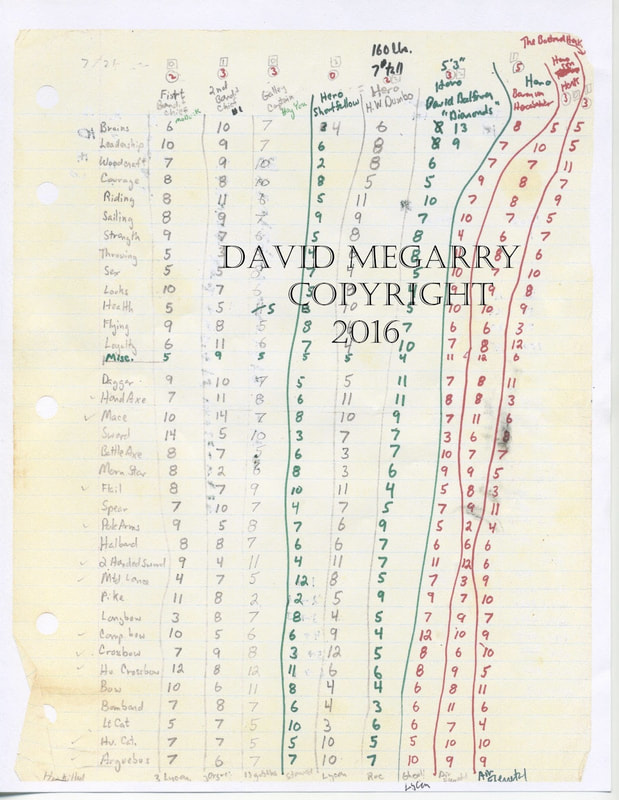
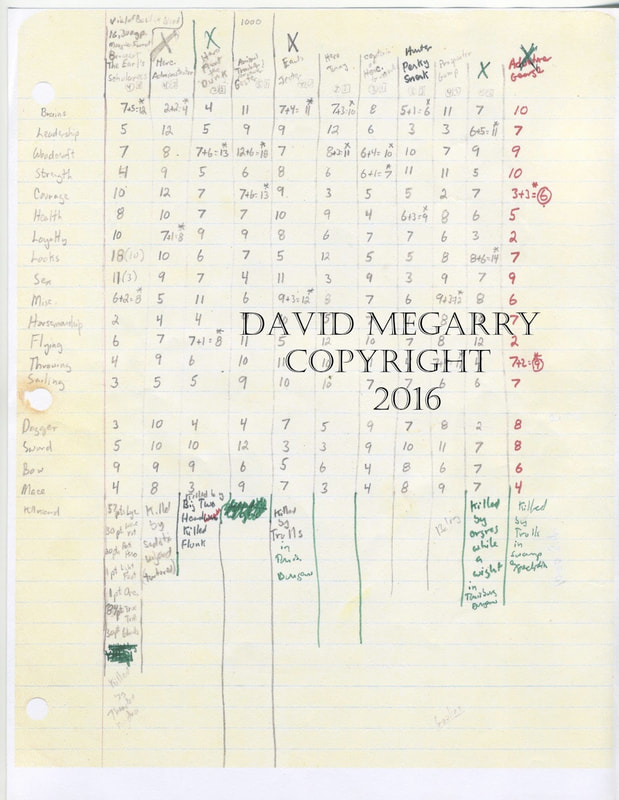
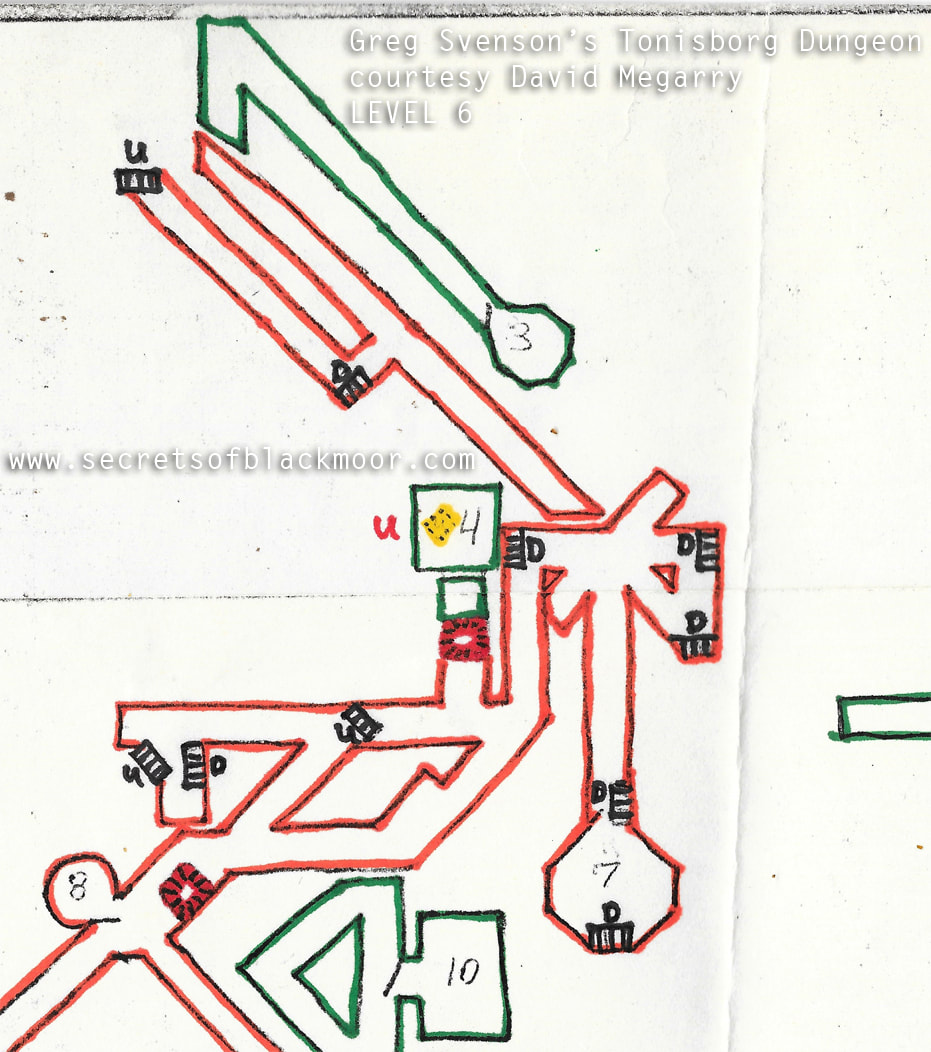
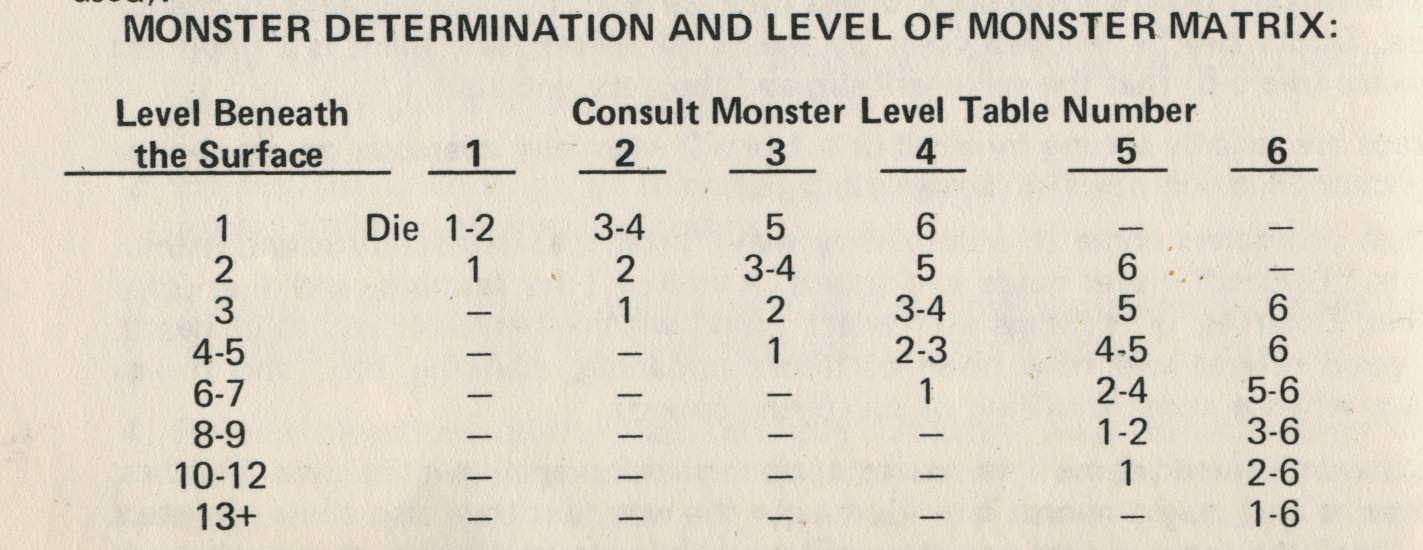
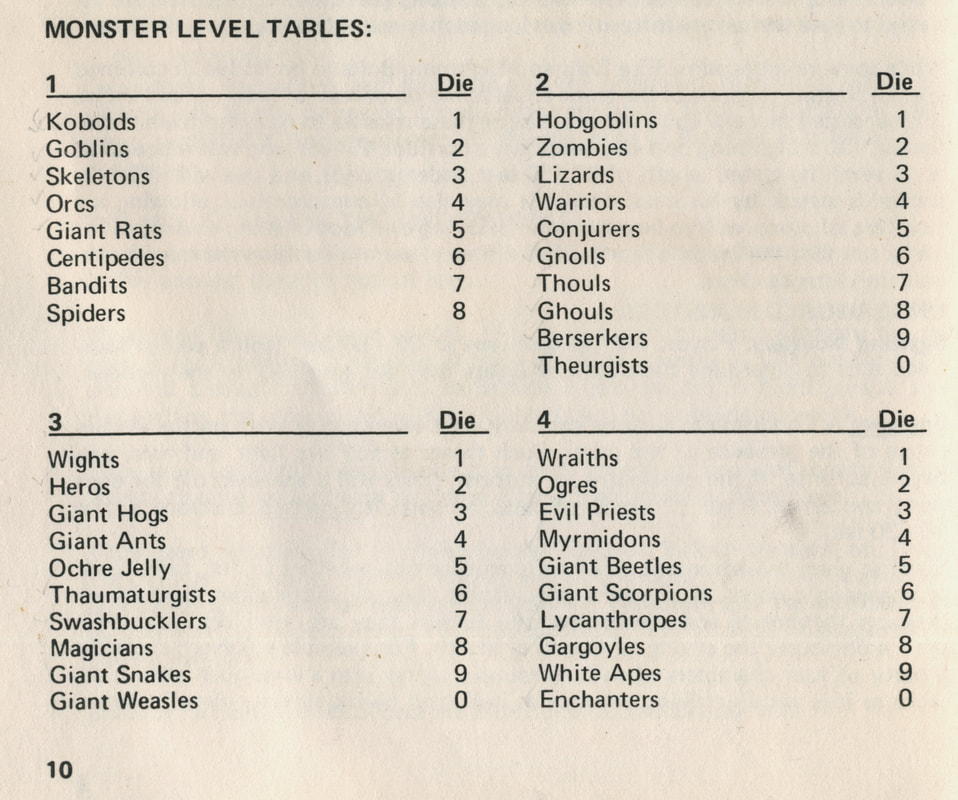
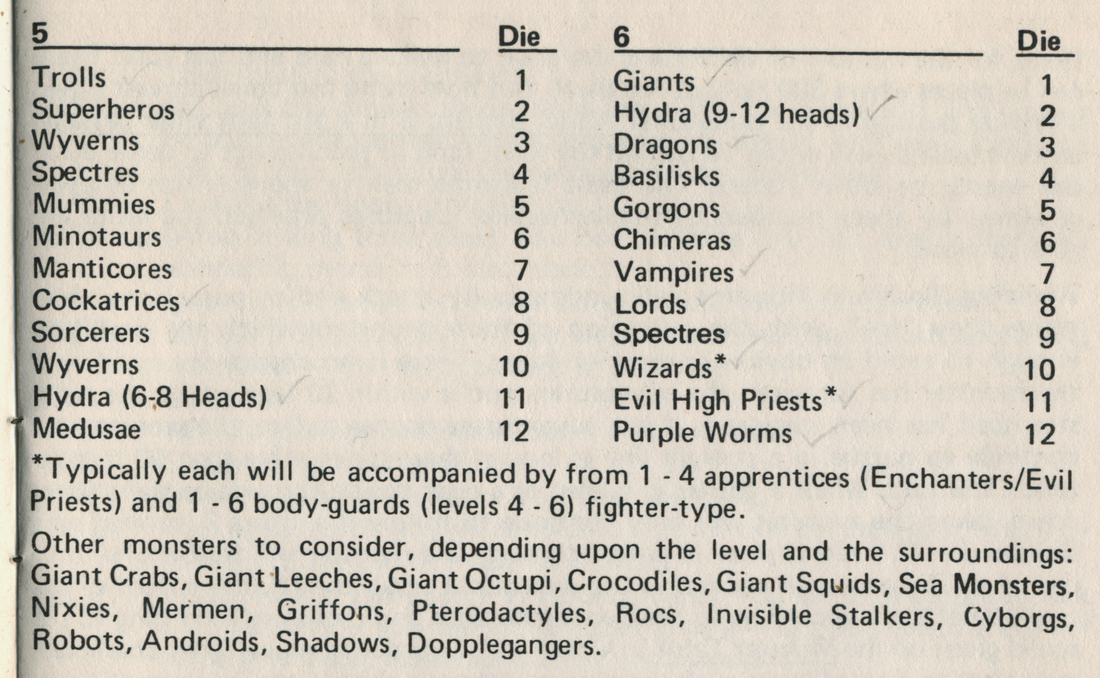
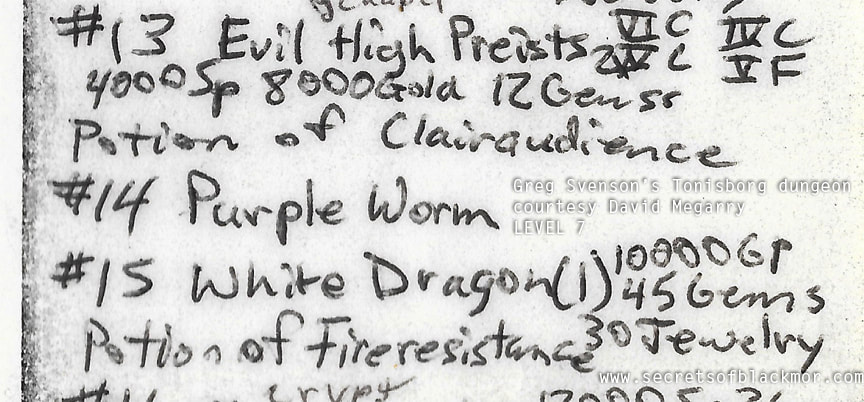
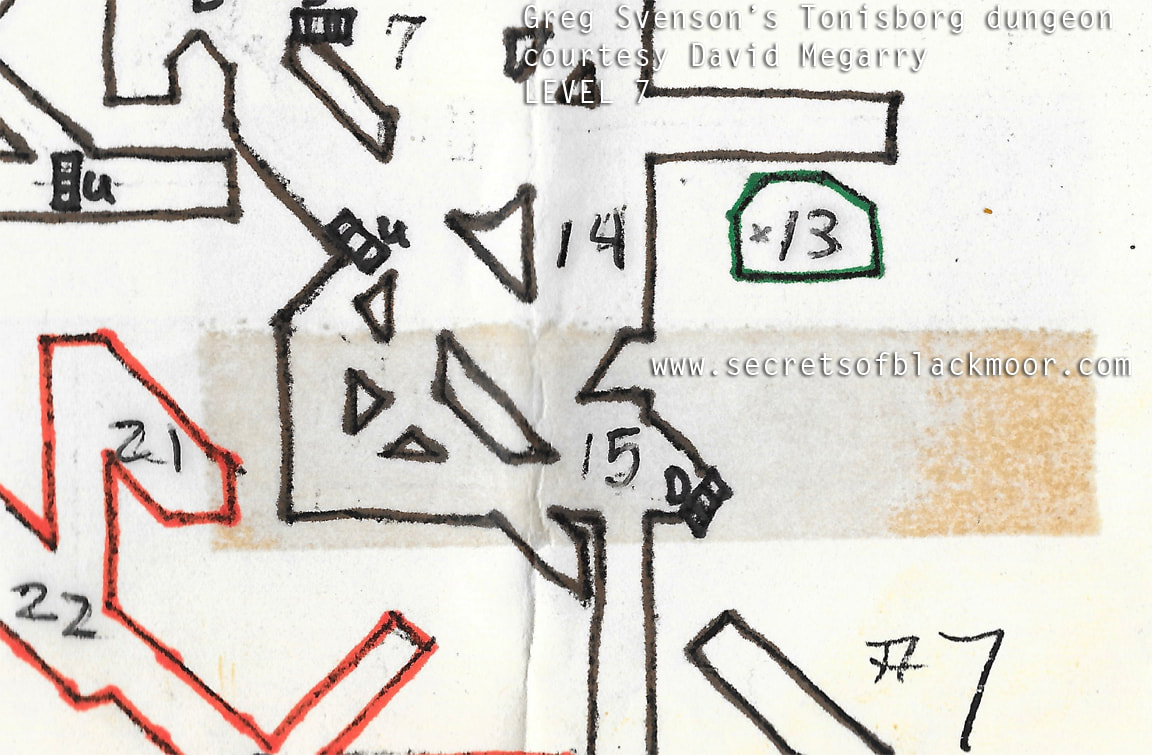
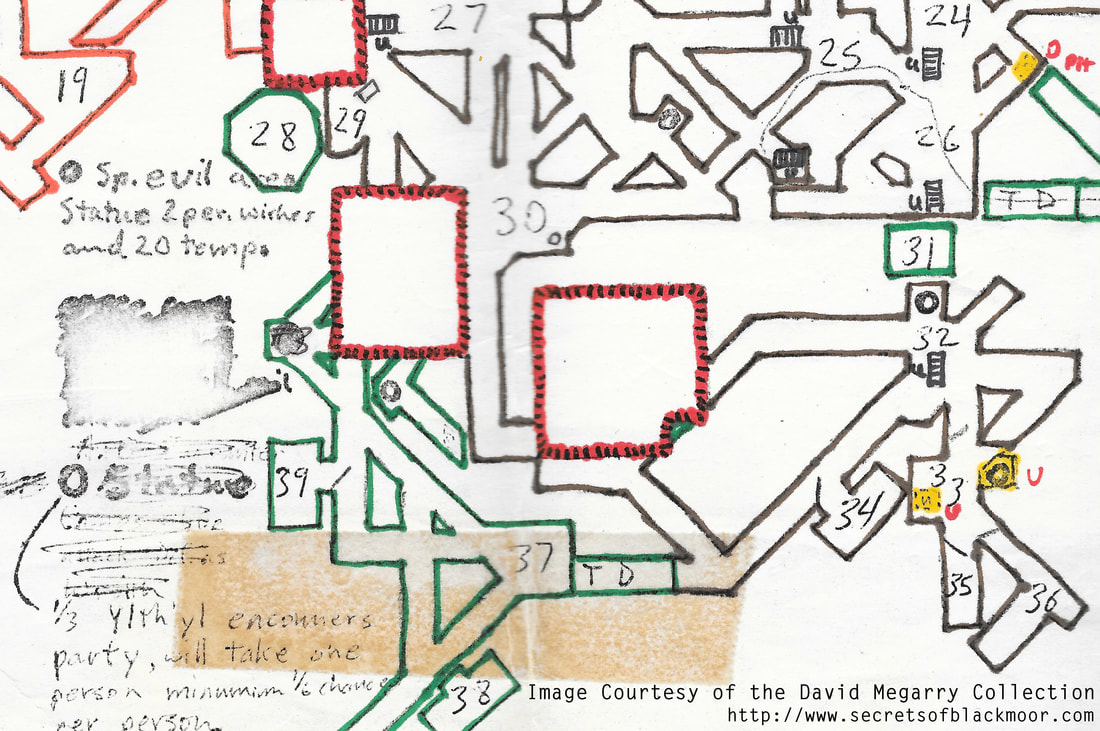
 RSS Feed
RSS Feed